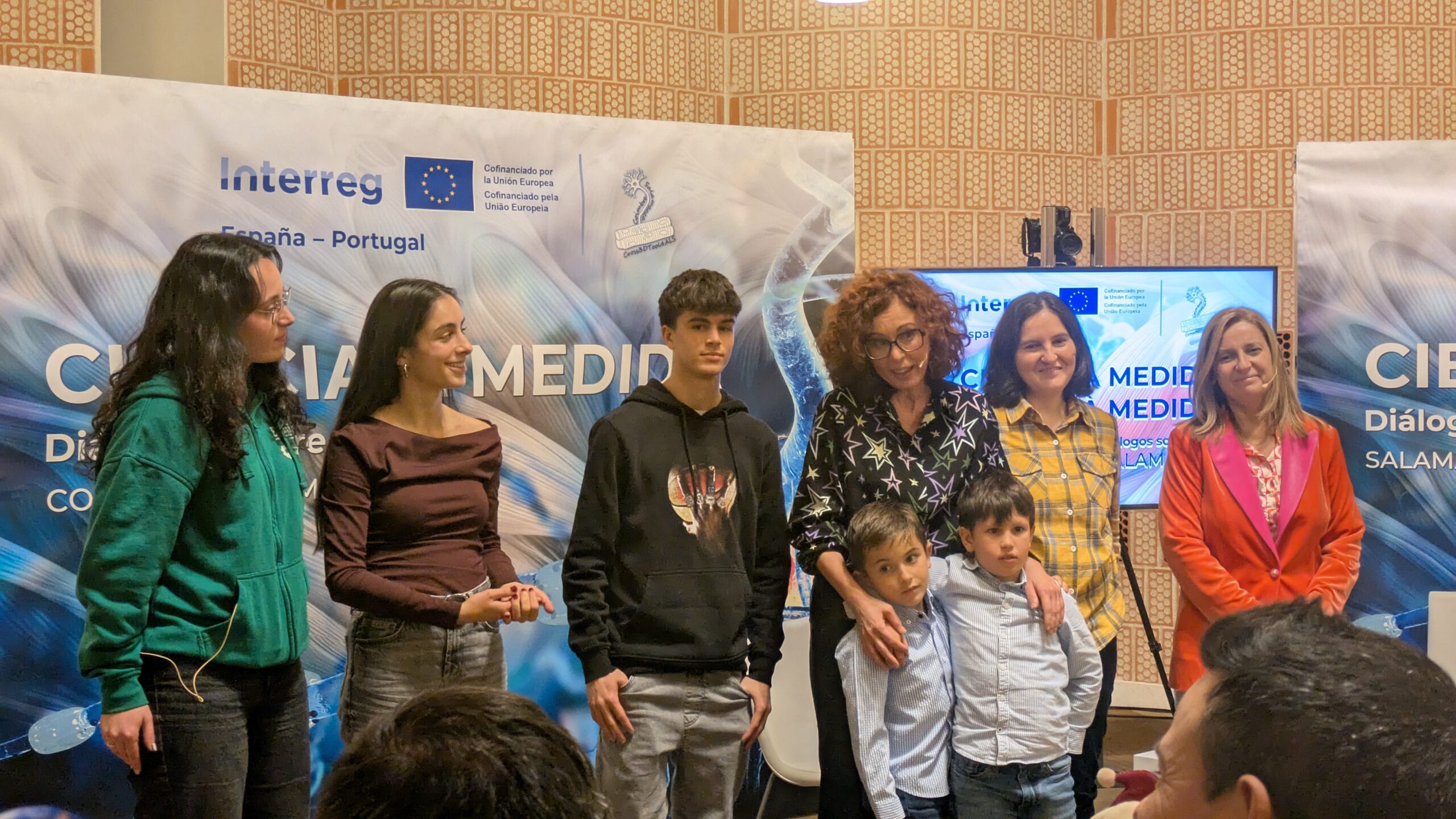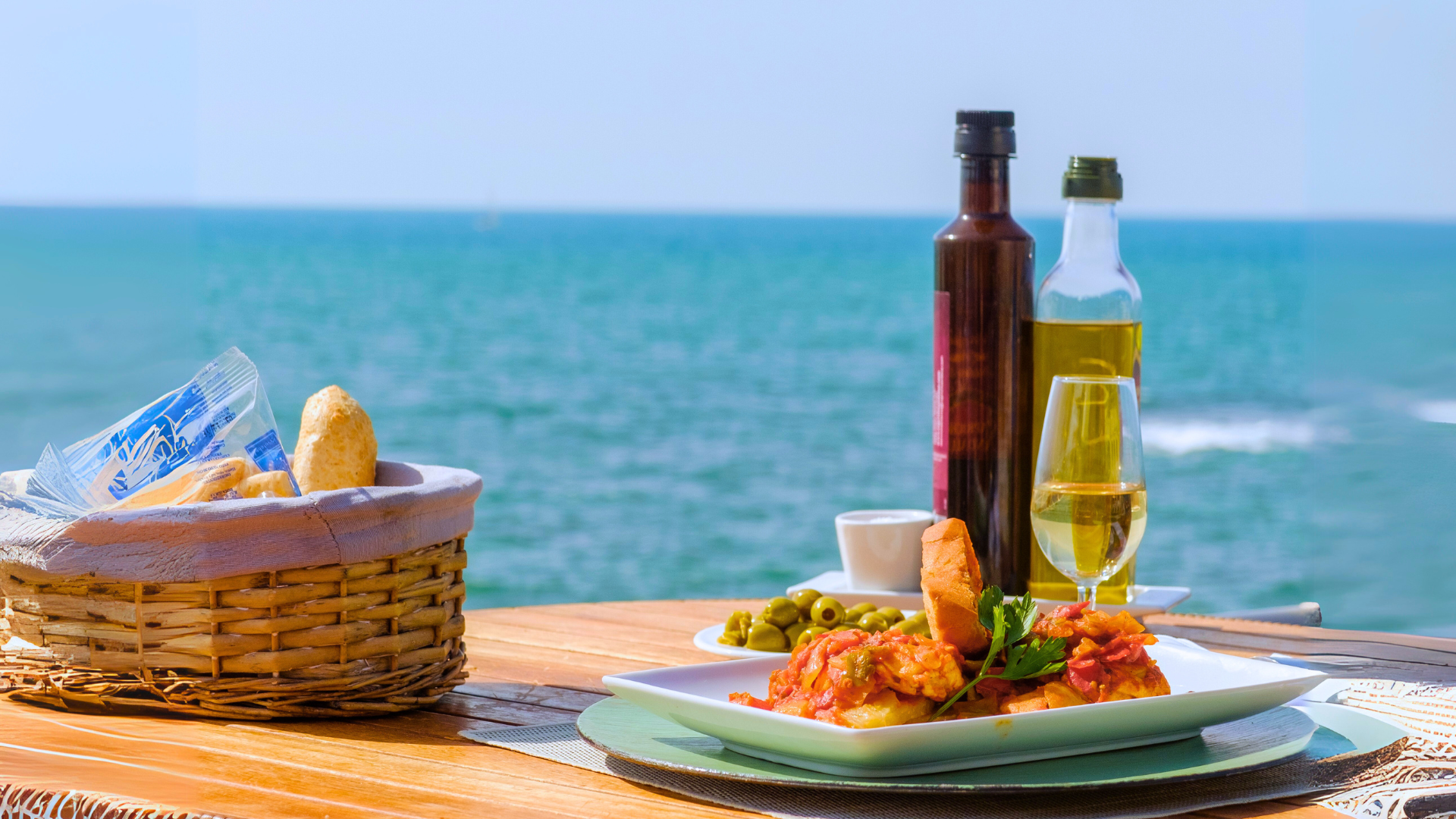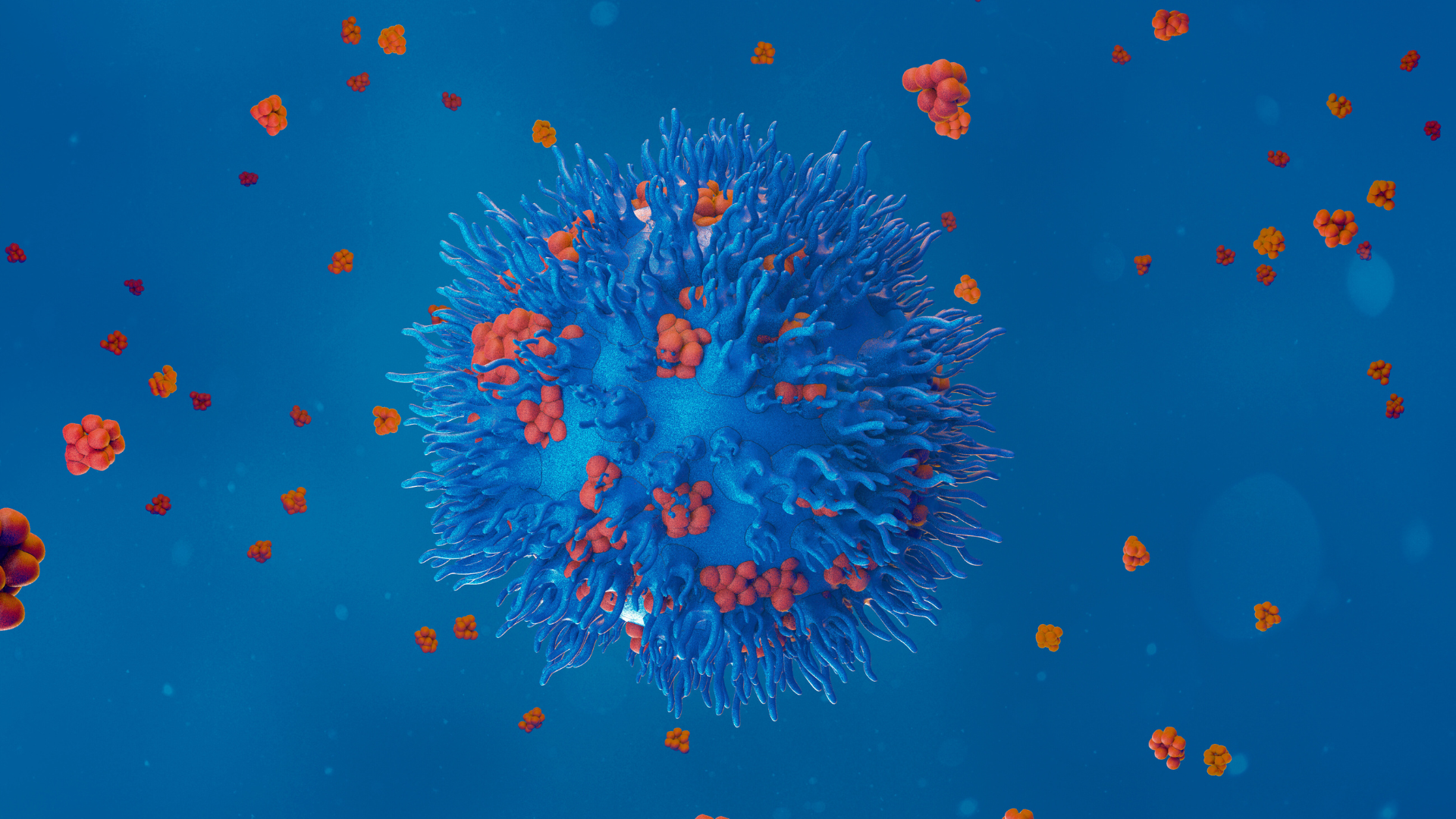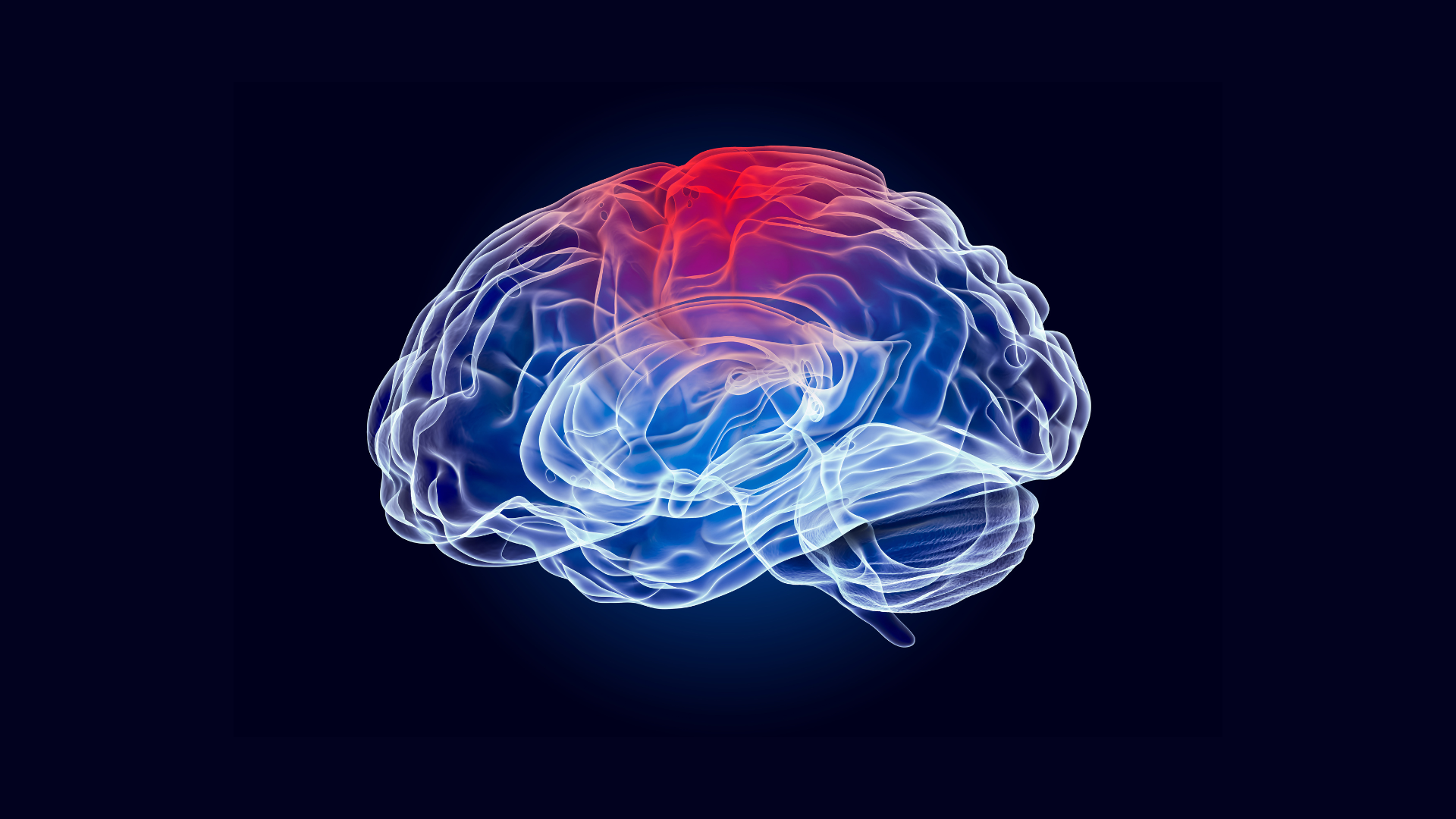An informative conference led by neuropediatrician María José Mas will raise awareness of amyotrophic lateral sclerosis among people of all ages.
The universities of Coimbra (Portugal) and Salamanca join forces in an innovative project against ALS with the participation of INCYL, IBSAL and the Complejo Asistencial Universitario de Salamanca.
The Hospedería Fonseca of the University of Salamanca (USAL) will host next Friday, December 13, Science Made to Measurean outreach activity on amyotrophic lateral sclerosis (ALS). This event serves to launch and present the project “Cooperation and technology transfer for the development of a new precision medicine platform for amyotrophic lateral sclerosis”, Cross-3DTool-4ALS, research led by the University of Coimbra, the USAL, the Instituto de Neurociencias de Castilla y León (INCYL), the Instituto de Investigación Biomédica de Salamanca (IBSAL) and the Complejo Asistencial Universitario de Salamanca (CAUSA), which is co-funded by the European Union through the Interreg VI-Spain-Portugal Program (POCTEP) 2021-2027. Its aim is to improve knowledge of this disease thanks to more realistic cellular models to promote the development of new therapies.
Tailored Science will feature the neuropediatrician María José Mas, from the Hospital de Sant Pau i Santa Tecla (Tarragona), a renowned communicator through her award-winning blog Neuronas en Crecimiento and the books La aventura de tu cerebro (The adventure of your brain) and El cerebro en su laberinto (The brain in its labyrinth). She will be joined by María Dolores Calabria, IBSAL scientist and principal investigator of the project on the Spanish side. The activity will be led by the neurobiologist and communicator Conchi Lillo and will include the participation of children, adolescents, young people and adults, so that audiences of all ages can ask their questions in order to increase their knowledge of ALS and to discover the keys to the new research project.
The event will start at 18:30 in the University Choir room of the Hospedería Fonseca, will be broadcast via streaming and will later be available on the Cross-3DTool-4ALS project website and social networks. After this first dissemination activity, a second edition will be held in Coimbra in 2025, with a very similar format, but aimed at the Portuguese public and featuring local researchers.
To attend, please write to the following e-mail address: cross3dtool4als@gmail.com.
Limited capacity. Reservations will be made on a first-come, first-served basis. Confirmation of the reservation will be received.
ALS needs more research
ALS is a neurodegenerative disease in which patients lose control of their musculature due to a deterioration of motor neurons, which send nerve impulses. In Spain, 4,000 patients were counted in 2023, a figure that rises to 32,000 in Europe as a whole. Although it is more common after the age of 60, it can appear between the ages of 40 and 70. Patients suffer from muscle weakness and paralysis of various muscles, resulting in problems with mobility, oral communication, swallowing food and even breathing. However, their senses, intellectual capacity and eye movement remain intact.
Scientists still do not know the mechanisms that lead to the loss of motor neurons, so they have not been able to develop effective treatments. At the moment, there is only one drug authorized in Europe against ALS, called riluzole, which only slightly slows the progression of the disease. Further research is therefore needed. However, there are also non-pharmacological therapies to alleviate the symptoms, mainly focused on physical and language rehabilitation (it is very important for patients to maintain their ability to communicate for as long as possible), as well as psychological, nutritional and respiratory support, among others.
An innovative project
With the aim of looking for alternatives, the Cross-3DTool-4ALS project aims to develop a new experimental model for the study of ALS using human cells. “We want to create a 3D model of amyotrophic lateral sclerosis using human motor neurons and human skeletal muscle cells. Both motor neurons and muscle cells are obtained in the laboratory, from stem cells derived from the patient’s own urine, in a non-invasive way,” states Elisabete Ferreiro, a researcher at the Center for Neuroscience and Cell Biology of the University of Coimbra (CNC-UC) and coordinator of the initiative.
The aim is to develop a cell culture platform in which to analyze the mechanisms suspected to be altered in ALS and to test drugs. The key is to achieve junctions between neurons and muscle, precisely the function that is affected in this disease, producing motor symptoms. The new model will reflect “the unique characteristics of each patient, allowing a more effective study of ALS and the development of personalized therapeutic strategies,” explains the Portuguese researcher.
The Portuguese researchers are specialists in the study of mitochondria, a part of the cell that is essential for energy production. Therefore, the idea is to study antioxidant molecules that can protect mitochondria, with the aim of improving cell function. This technology will be transferred to INCYL and IBSAL, and the collaboration of the Complejo Asistencial Hospitalario de Salamanca (CAUSA) will allow the study to be extended to a larger number of patients and increase the consortium’s capacity to investigate the disease.
Hope for patients
“Our hope is that this project will be of great benefit to ALS patients and to the scientific community in general,” says María Dolores Calabria. “There are many knowledge gaps in this disease,” she says. However, “through a good model, we can begin to solve this problem,” she assures; a new tool that will also allow “testing some of the pharmacological therapies in an experimental model of personalized medicine.”
The analysis of the data could make it possible to classify patients in order to offer them a more accurate diagnosis, predict the evolution of the disease and, in the long term, identify new treatments. “We must not forget that it will take many years from the development of this project to the creation of therapeutic drugs,” says Elisabete Ferreiro. However, “this project represents a big step forward in the right direction. The collaboration between CNC-UC, INCYL, IBSAL and CAUSA will increase the capacity to study the disease, allowing for more extensive and impactful research,” she adds.
